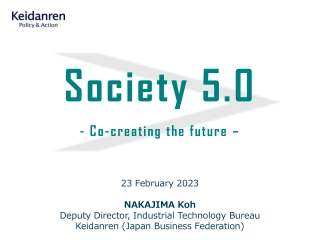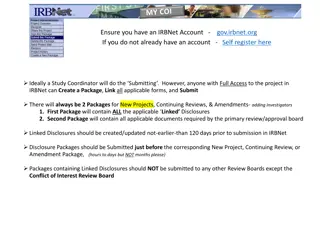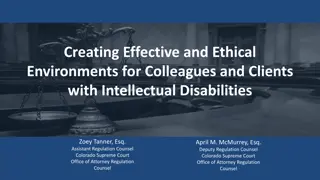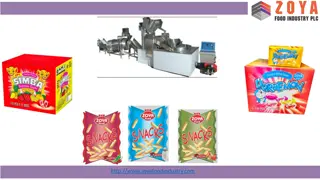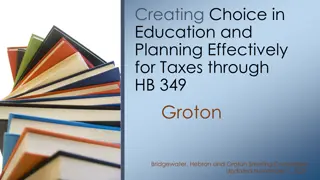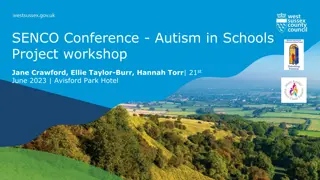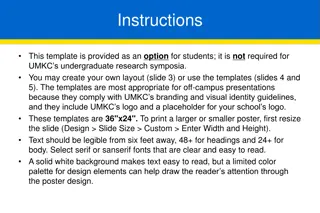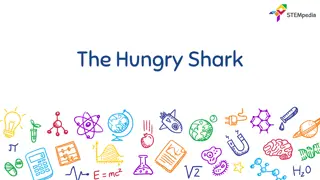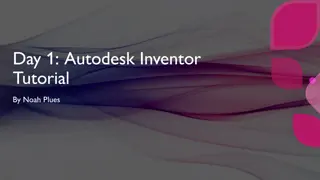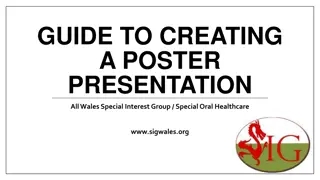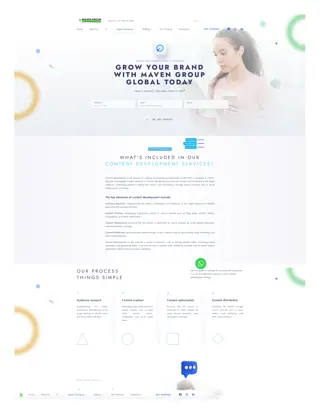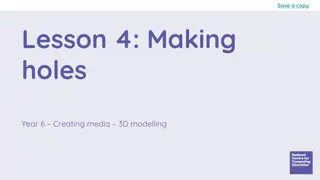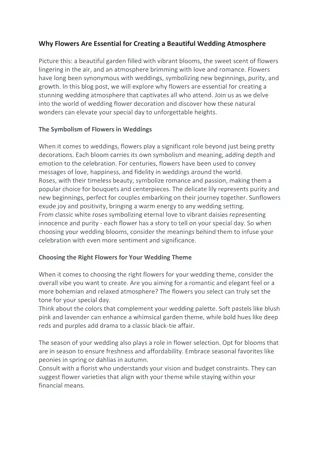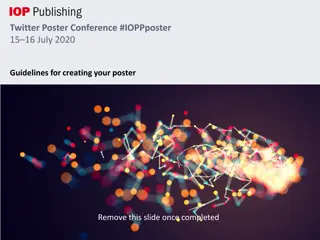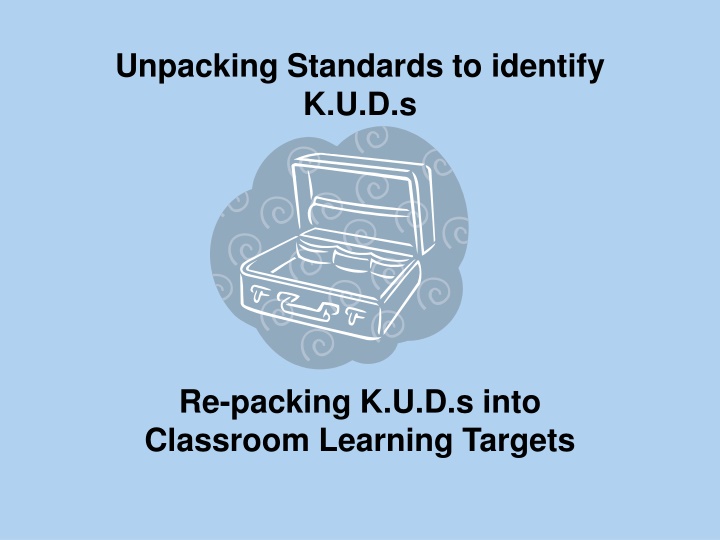
Unpacking Classroom Learning Targets from Standards
Learn how to unpack standards to identify Key Understanding and Essential Conceptual Understandings, re-packing them into actionable classroom learning targets. Explore the relationships and tools for measuring time, including calendars and clocks, to enhance students' knowledge and skills in time concepts.
Download Presentation

Please find below an Image/Link to download the presentation.
The content on the website is provided AS IS for your information and personal use only. It may not be sold, licensed, or shared on other websites without obtaining consent from the author. If you encounter any issues during the download, it is possible that the publisher has removed the file from their server.
You are allowed to download the files provided on this website for personal or commercial use, subject to the condition that they are used lawfully. All files are the property of their respective owners.
The content on the website is provided AS IS for your information and personal use only. It may not be sold, licensed, or shared on other websites without obtaining consent from the author.
E N D
Presentation Transcript
Unpacking Standards to identify K.U.D.s Re-packing K.U.D.s into Classroom Learning Targets
Standard What are the Essential Conceptual Understandings What do we want the students to learn(Facts, Vocabulary, Definitions)? What do students have to do? (Look for verbs.) 2007 #19
Standard What are the Essential Conceptual Understandings What do we want the students to learn(Facts, Vocabulary, Definitions)? What do students have to do? (Look for verbs.) 2007 #19 3.12
Standard What are the Essential Conceptual Understandings What do we want the students to learn(Facts, Vocabulary, Definitions)? What do students have to do? (Look for verbs.) 2007 #19 3.12
ESSENTIAL UNDERSTANDINGS All students should Understand the relationship that exists among periods of time, using calendars, and clocks. Capture the essence: DON T COPY Standard What are the Essential Conceptual Understandings What do we want the students to know(Facts, Vocabulary, Definitions)? What do students have to do? (Look for verbs.) Identifying relationships between periods of time using different units. 3.12 Tools measuring time are calendars and clocks. The tools for measuring time (calendars and clocks) are designed to reflect the relationship among periods of time.
Standard What are the Essential Conceptual Understandings What do we want the students to learn(Facts, Vocabulary, Definitions)? What do students have to do? (Look for verbs.) Identifying relationships between periods of time using different units. 3.12 2007 #19 Tools measuring time are calendars and clocks. The tools for measuring time (calendars and clocks) are designed to reflect the relationship among periods of time.
ESSENTIAL KNOWLEDGE AND SKILLS The student will use problem solving, mathematical communication, mathematical reasoning, connections, and representations to Identify equivalent relationships observed in a calendar, including the number of days in a given month, the number of days in a week, the number of days in a year, and the number of months in a year. Identify the number of minutes in an hour and the number of hours in a day. Standard Essential Conceptual Understandings What do we want students to know (Facts, Vocabulary, Definitions)? What do students have to do? (Look for verbs.) Identifying relationships between periods of time using different units. Identify Parts a calendar Part of a clock 3.12 Compare equivalent periods of time Days in a month Days in a week Days in a year Months in a year Minutes in an hour Hours in a day There are tools for measuring time. The tools for measuring time (calendars and clocks) are designed to reflect the relationship among periods of time. Seconds in a minute Major units of time
3.12 The student will identify equivalent periods of time, including relationships among days, months, and years, as well as minutes and hours. Standard Essential Conceptual Understandings What do we want the students to Know (Facts, vocabulary, definitions)? What do students have to do (look for the verbs)? Identifying relationships between periods of time using different units. Using calendar Using a clock Identify 3.12 compare Days in a month Days in a week Days in a year Tools measuring time are calendars and clocks. equivalent periods of time Seconds in a minute The tools for measuring time (calendars and clocks) are designed to reflect the relationship among periods of time. Minutes in an hour Hours in a day Seconds in a minute Major units of time Units of time Repacking the Standard into a Classroom Learning Target ( The Specific Do s) I can compare equivalent periods of time using different units. (i.e., relationships among seconds, minutes, hours, days, months, and years).
3.12 The student will identify equivalent periods of time, including relationships among days, months, and years, as well as minutes and hours. Standard Essential Conceptual Understandings What do we want the students to Know (Facts, vocabulary, definitions)? What do students have to do (look for the verbs)? Identifying relationships between periods of time using different units. Using calendar Using a clock Identify 3.12 compare Days in a month Days in a week Days in a year Tools measuring time are calendars and clocks. equivalent periods of time Seconds in a minute The tools for measuring time (calendars and clocks) are designed to reflect the relationship among periods of time. Minutes in an hour Hours in a day Seconds in a minute Major units of time Using Clocks Repacking the Standard into a Classroom Learning Target (The Specific Do s) I can identify equivalent periods of time by creating digital and analog clocks. Students will show time to the , , and hour.

